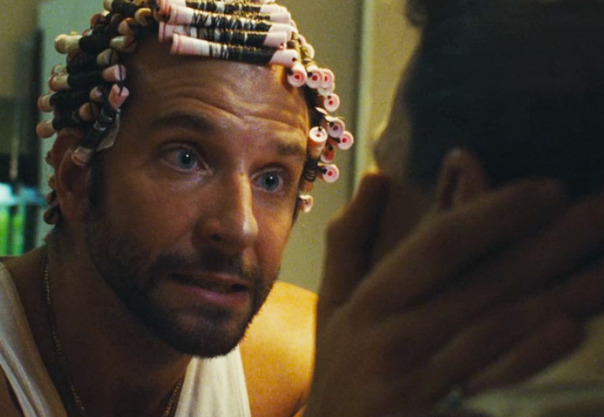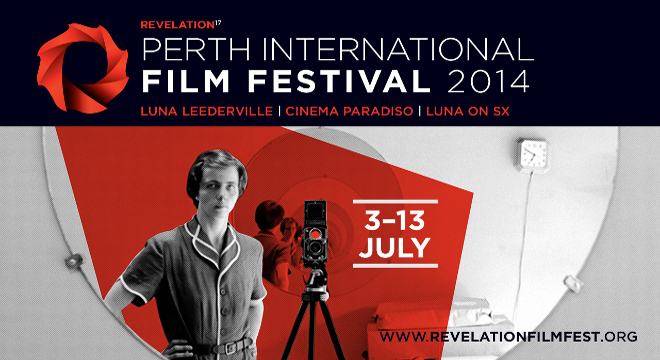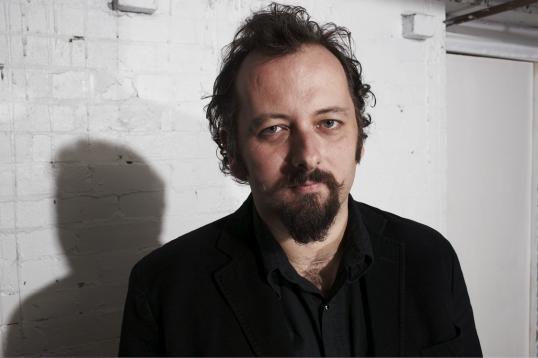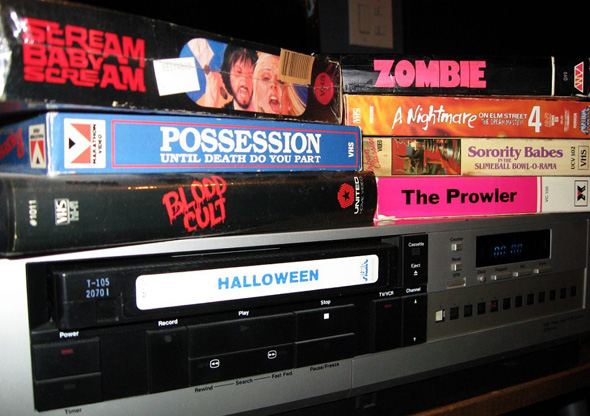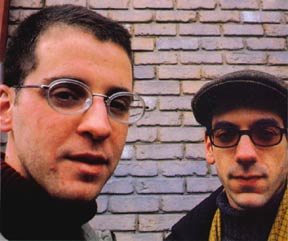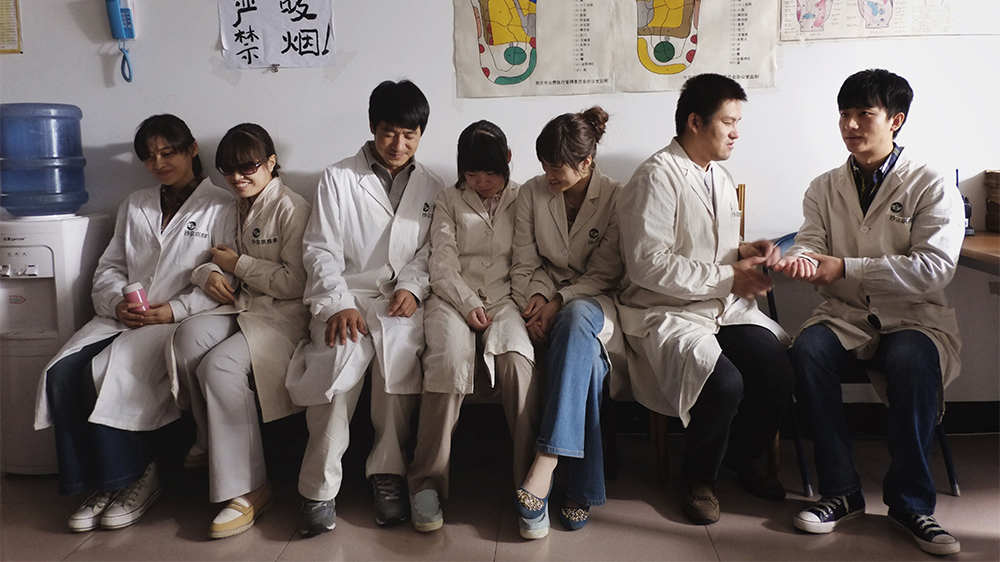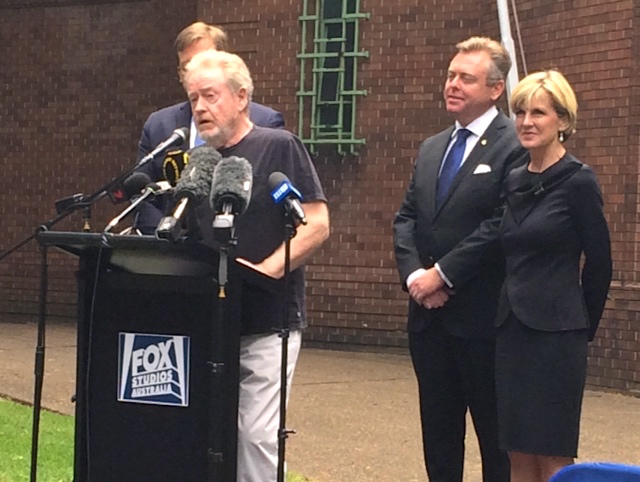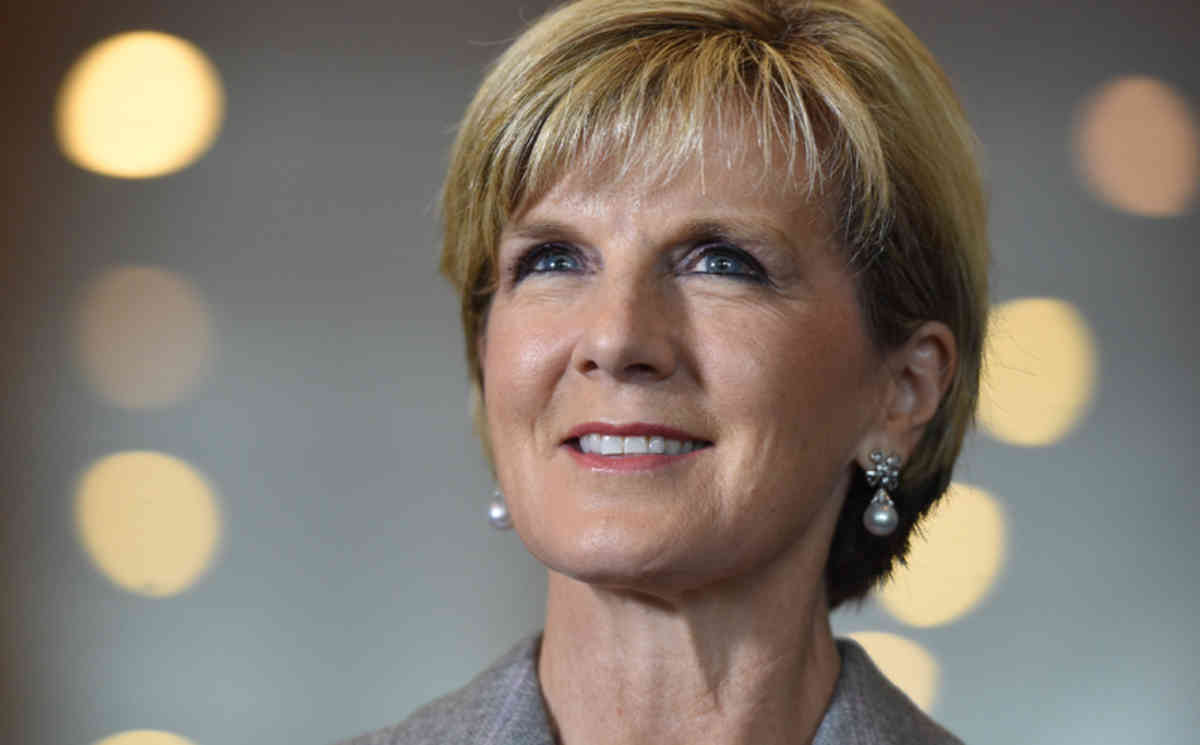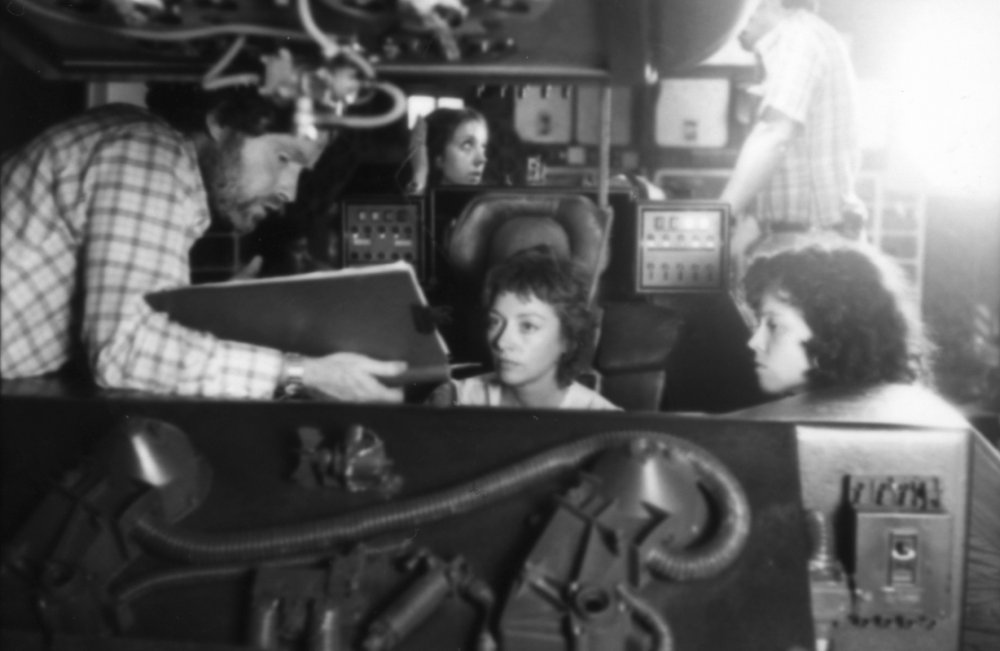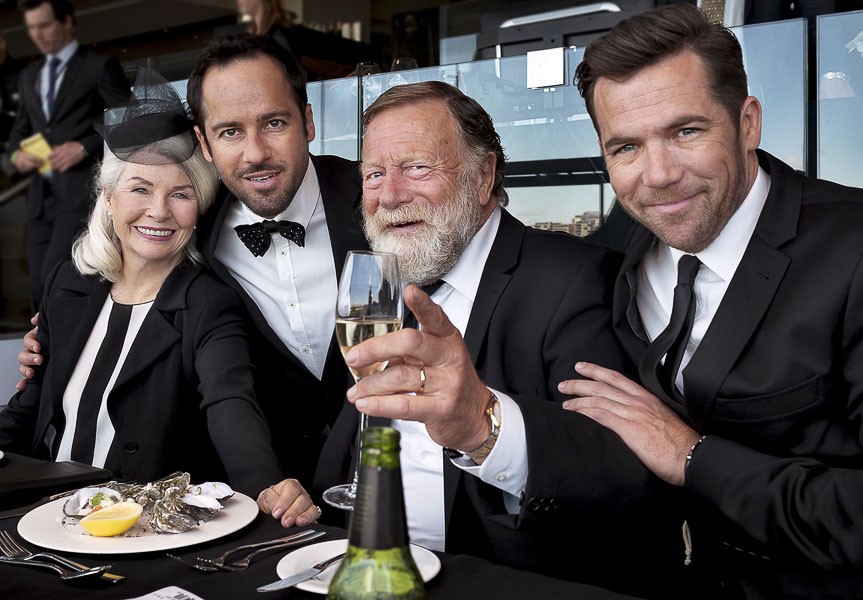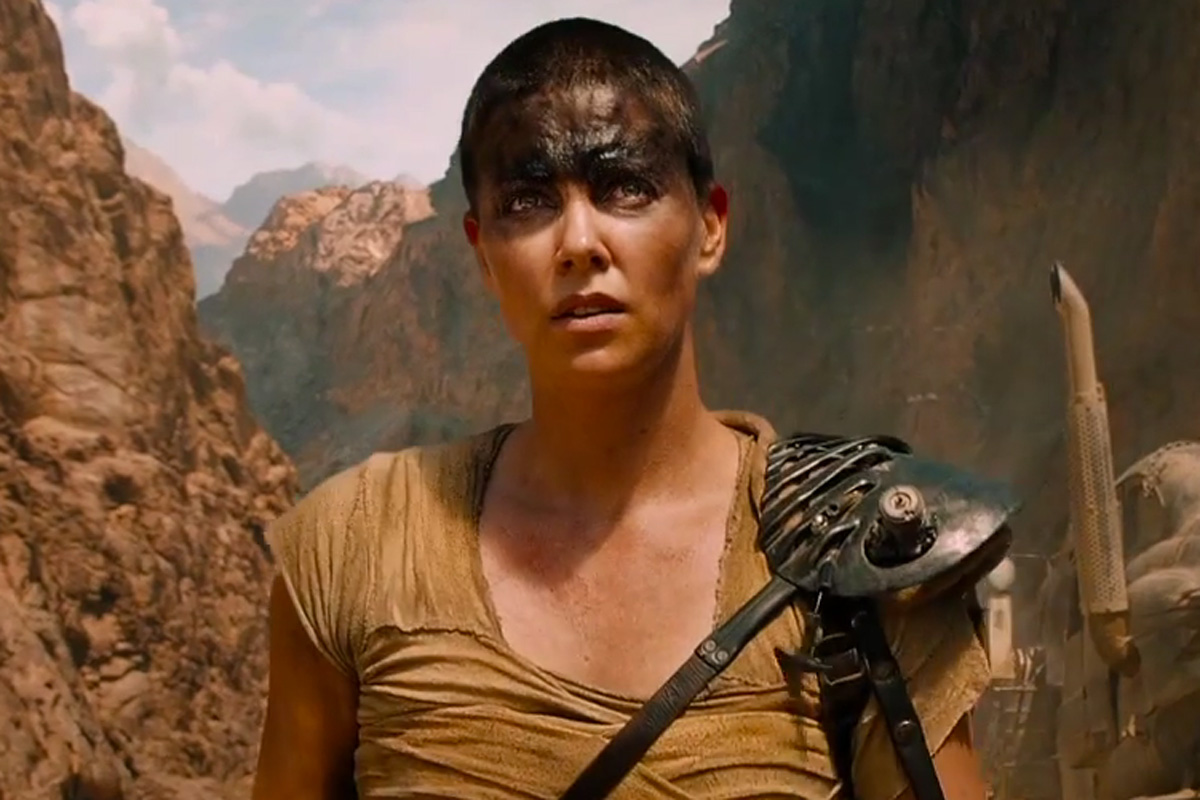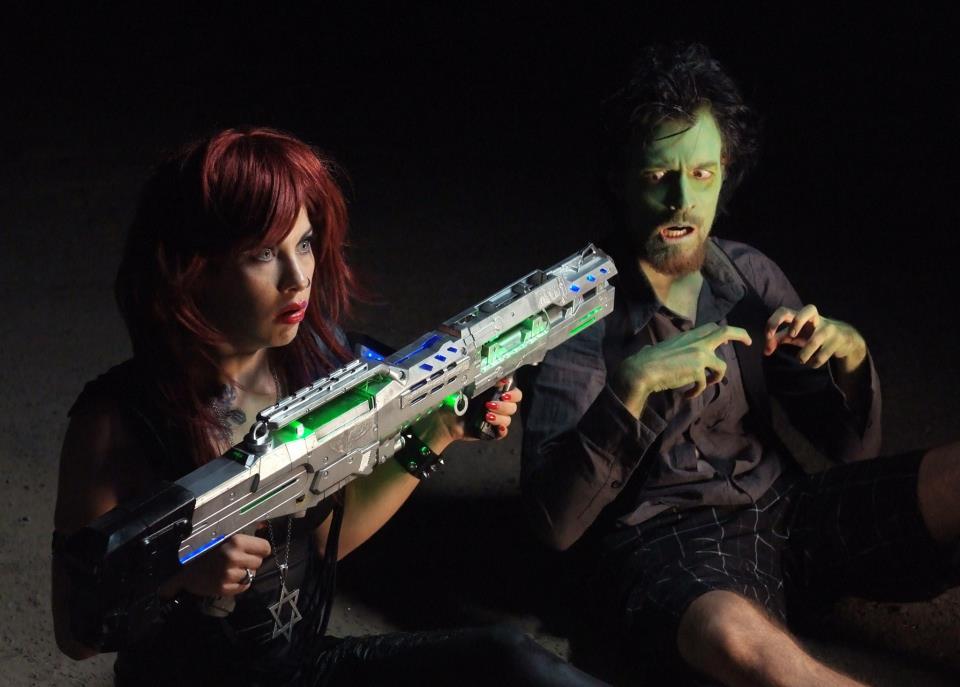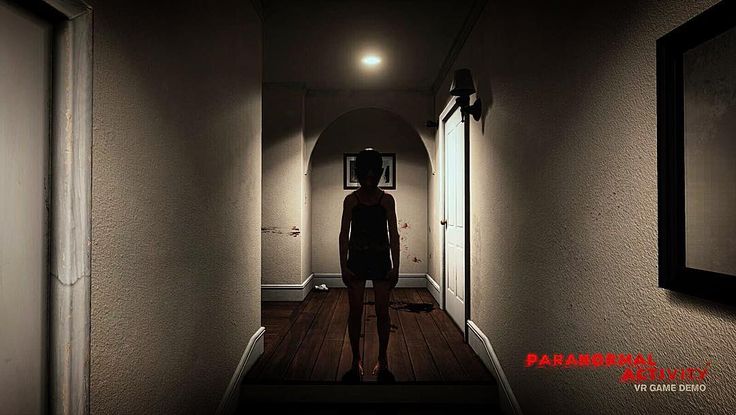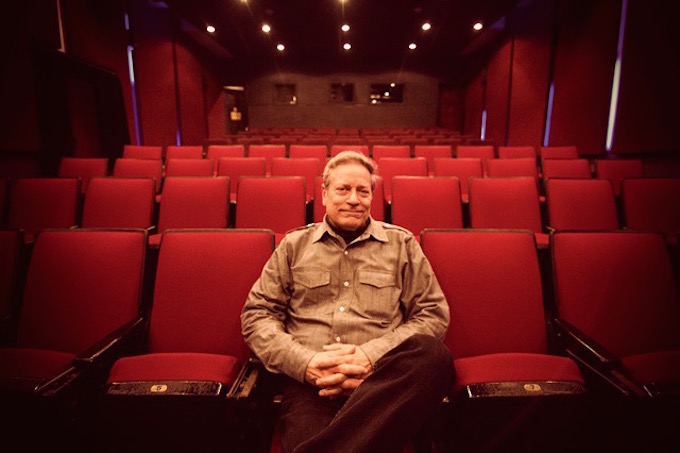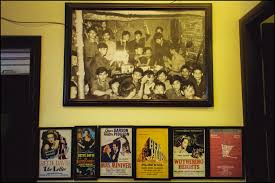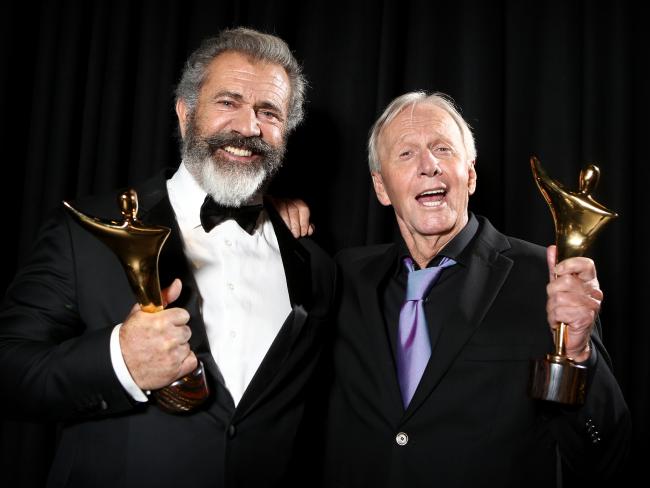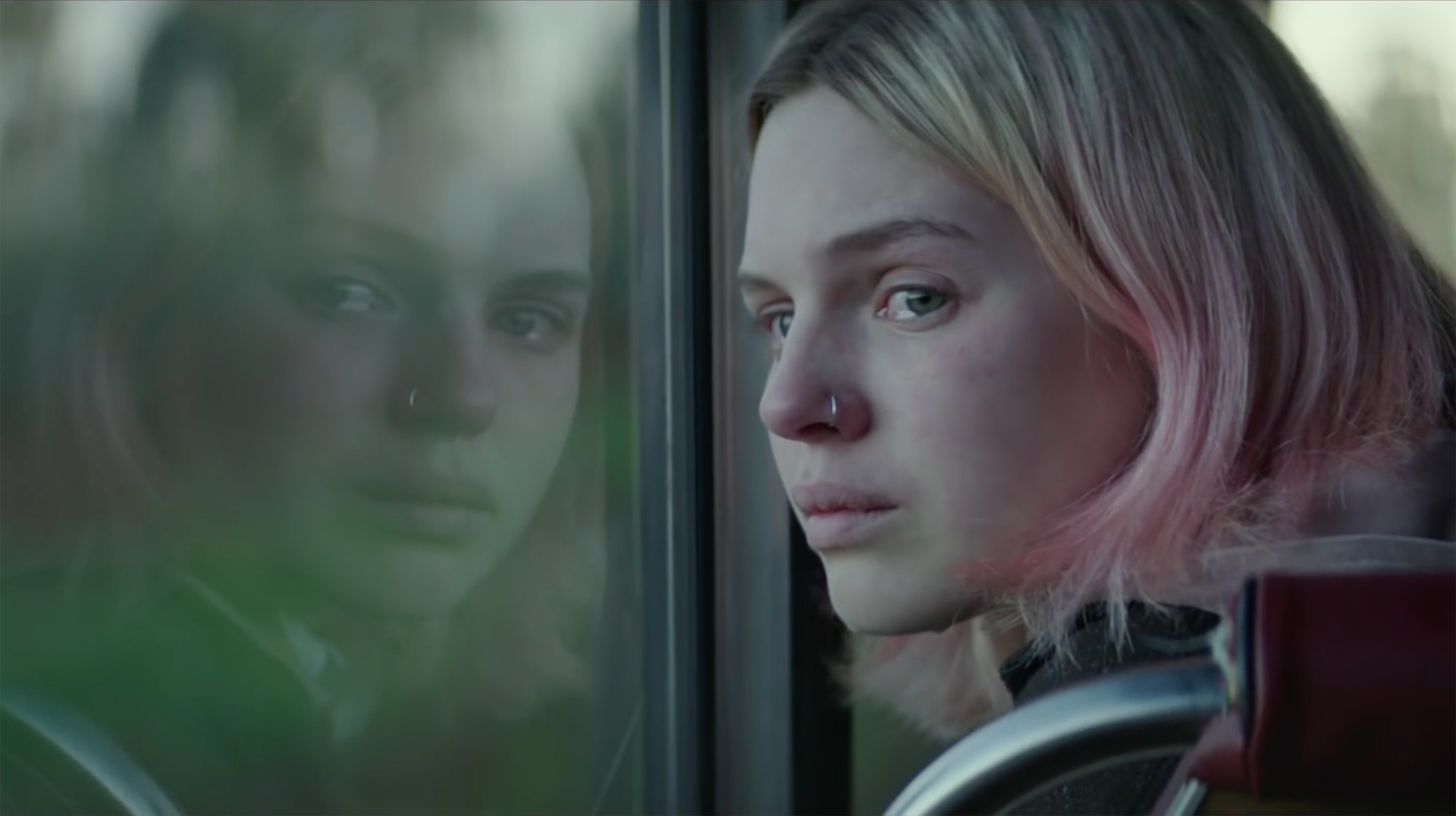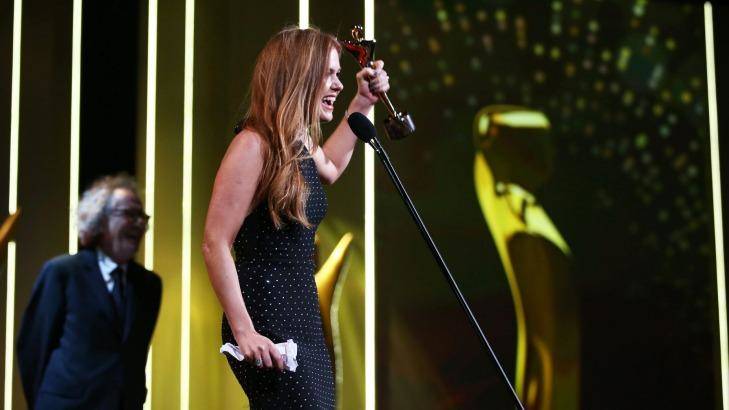The shutout of Martin Luther King drama Selma (pictured, below) across all key categories bar Best Picture has meant 2015 Academy Award nominations are the first since 1998 not to feature an African American nominee. This year, it will fall to French star Marion Cotillard (a surprise but well-deserved Best Actress nominee for Two Days One Night), Mexico’s Alejandro Gonzalez Inarritu, Norwegian Morten Tyldum and a handful of Brits to bring cultural diversity to the big five categories.
![]()
Birdman (The Unexpected Virtue of Ignorance) and The Grand Budapest Hotel lead the race with 9 nominations each. The Academy bumped these two from key categories that analysts thought were certainties – Ralph Fiennes for his lead turn in Wes Anderson’s twee masterpiece and editors Douglas Crise and Stephen Mirrione for Birdman – but 18 nominations across the two is a well-earned windfall for distributor Fox Searchlight. The Murdoch stable’s arthouse wing scored 20 in total, followed by Sony Pictures Classics (18) and Warner Bros (11).
![]() Other titles to score big were The Imitation Game (8), Boyhood (6) and American Sniper (6, including Best Actor for Bradley Cooper; pictured, right). Sony Pictures Classics’ Foxcatcher earned five notices, including Lead and Supporting Actor and Best Director nominations, but was bumped from the Best Picture race by Whiplash (5, including Supporting Actor shoo-in, JK Simmons). Others up for 5 include The Theory of Everything and Interstellar (Christopher Nolan’s love/hate sci-fi spectacle swept the tech categories); categories were filled out by Mr Turner (4, though no Best Actor for Cannes winner Timothy Spall), Into the Woods (3), Unbroken (3, but not for director Angelina Jolie) and two each for Guardians of The Galaxy, Ida, Inherent Vice, Selma and Wild.
Other titles to score big were The Imitation Game (8), Boyhood (6) and American Sniper (6, including Best Actor for Bradley Cooper; pictured, right). Sony Pictures Classics’ Foxcatcher earned five notices, including Lead and Supporting Actor and Best Director nominations, but was bumped from the Best Picture race by Whiplash (5, including Supporting Actor shoo-in, JK Simmons). Others up for 5 include The Theory of Everything and Interstellar (Christopher Nolan’s love/hate sci-fi spectacle swept the tech categories); categories were filled out by Mr Turner (4, though no Best Actor for Cannes winner Timothy Spall), Into the Woods (3), Unbroken (3, but not for director Angelina Jolie) and two each for Guardians of The Galaxy, Ida, Inherent Vice, Selma and Wild.
![]() Contender for 2014 Most Snubbed honoree are Nightcrawler (starring Jake Gyllenhaal; pictured, right), the dark LA noir thriller earning just one nod, for Dan Gilroy’s script, and Gone Girl, the box office blockbuster which could only snare a single consideration, for Lead Actress Rosamund Pike. In addition to the Selma shut-out, notable omissions include The LEGO Movie, denied a Best Animated Film nod (it scored an Original Song nomination for ‘Everything is Awesome’); Jennifer Aniston for her Lead Actress turn in Cake; Scarlett Johansson, for either Lucy or Under the Skin; American Sniper director Clint Eastwood; Foreign Language Film frontrunner Force Majeure; and, documentaries Life Itself and Jodorowsky’s Dune.
Contender for 2014 Most Snubbed honoree are Nightcrawler (starring Jake Gyllenhaal; pictured, right), the dark LA noir thriller earning just one nod, for Dan Gilroy’s script, and Gone Girl, the box office blockbuster which could only snare a single consideration, for Lead Actress Rosamund Pike. In addition to the Selma shut-out, notable omissions include The LEGO Movie, denied a Best Animated Film nod (it scored an Original Song nomination for ‘Everything is Awesome’); Jennifer Aniston for her Lead Actress turn in Cake; Scarlett Johansson, for either Lucy or Under the Skin; American Sniper director Clint Eastwood; Foreign Language Film frontrunner Force Majeure; and, documentaries Life Itself and Jodorowsky’s Dune.
Best Picture
“American Sniper” Clint Eastwood, Robert Lorenz, Andrew Lazar, Bradley Cooper and Peter Morgan, Producers
“Birdman or (The Unexpected Virtue of Ignorance)” Alejandro G. Iñárritu, John Lesher and James W. Skotchdopole, Producers
“Boyhood” Richard Linklater and Cathleen Sutherland, Producers
“The Grand Budapest Hotel” Wes Anderson, Scott Rudin, Steven Rales and Jeremy Dawson, Producers
“The Imitation Game” Nora Grossman, Ido Ostrowsky and Teddy Schwarzman, Producers
“Selma” Christian Colson, Oprah Winfrey, Dede Gardner and Jeremy Kleiner, Producers
“The Theory of Everything” Tim Bevan, Eric Fellner, Lisa Bruce and Anthony McCarten, Producers
“Whiplash” Jason Blum, Helen Estabrook and David Lancaster, Producers
Actor
Steve Carell in “Foxcatcher”
Bradley Cooper in “American Sniper”
Benedict Cumberbatch in “The Imitation Game”
Michael Keaton in “Birdman or (The Unexpected Virtue of Ignorance)”
Eddie Redmayne in “The Theory of Everything”
Supporting Actor
Robert Duvall in “The Judge”
Ethan Hawke in “Boyhood”
Edward Norton in “Birdman or (The Unexpected Virtue of Ignorance)”
Mark Ruffalo in “Foxcatcher”
J.K. Simmons in “Whiplash”
Actress
Marion Cotillard in “Two Days, One Night”
Felicity Jones in “The Theory of Everything”
Julianne Moore in “Still Alice”
Rosamund Pike in “Gone Girl”
Reese Witherspoon in “Wild”
Supporting Actress
Patricia Arquette in “Boyhood”
Laura Dern in “Wild”
Keira Knightley in “The Imitation Game”
Emma Stone in “Birdman or (The Unexpected Virtue of Ignorance)”
Meryl Streep in “Into the Woods”
Animated Feature
“Big Hero 6” Don Hall, Chris Williams and Roy Conli
“The Boxtrolls” Anthony Stacchi, Graham Annable and Travis Knight
“How to Train Your Dragon 2” Dean DeBlois and Bonnie Arnold
“Song of the Sea” Tomm Moore and Paul Young
“The Tale of the Princess Kaguya” Isao Takahata and Yoshiaki Nishimura
Adapted Screenplay
“American Sniper” Written by Jason Hall
“The Imitation Game” Written by Graham Moore
“Inherent Vice” Written for the screen by Paul Thomas Anderson
“The Theory of Everything” Screenplay by Anthony McCarten
“Whiplash” Written by Damien Chazelle
Original Screenplay
“Birdman or (The Unexpected Virtue of Ignorance)” Written by Alejandro G. Iñárritu, Nicolás Giacobone, Alexander Dinelaris, Jr. & Armando Bo
“Boyhood” Written by Richard Linklater
“Foxcatcher” Written by E. Max Frye and Dan Futterman
“The Grand Budapest Hotel” Screenplay by Wes Anderson; Story by Wes Anderson & Hugo Guinness
“Nightcrawler” Written by Dan Gilroy
Cinematography
“Birdman or (The Unexpected Virtue of Ignorance)” Emmanuel Lubezki
“The Grand Budapest Hotel” Robert Yeoman
“Ida” Lukasz Zal and Ryszard Lenczewski
“Mr. Turner” Dick Pope
“Unbroken” Roger Deakins
Costume Design
“The Grand Budapest Hotel” Milena Canonero
“Inherent Vice” Mark Bridges
“Into the Woods” Colleen Atwood
“Maleficent” Anna B. Sheppard and Jane Clive
“Mr. Turner” Jacqueline Durran
Director
“Birdman or (The Unexpected Virtue of Ignorance)” Alejandro G. Iñárritu
“Boyhood” Richard Linklater
“Foxcatcher” Bennett Miller
“The Grand Budapest Hotel” Wes Anderson
“The Imitation Game” Morten Tyldum
Documentary Feature
“CitizenFour” Laura Poitras, Mathilde Bonnefoy and Dirk Wilutzky
“Finding Vivian Maier” John Maloof and Charlie Siskel
“Last Days in Vietnam” Rory Kennedy and Keven McAlester
“The Salt of the Earth” Wim Wenders, Juliano Ribeiro Salgado and David Rosier
“Virunga” Orlando von Einsiedel and Joanna Natasegara
Documentary Short Subject
“Crisis Hotline: Veterans Press 1” Ellen Goosenberg Kent and Dana Perry
“Joanna” Aneta Kopacz
“Our Curse” Tomasz Sliwinski and Maciej Slesicki
“The Reaper (La Parka)” Gabriel Serra Arguello
“White Earth” J. Christian Jensen
Film Editing
“American Sniper” Joel Cox and Gary D. Roach
“Boyhood” Sandra Adair
“The Grand Budapest Hotel” Barney Pilling
“The Imitation Game” William Goldenberg
“Whiplash” Tom Cross
Foreign Language Film
“Ida” Poland
“Leviathan” Russia
“Tangerines” Estonia
“Timbuktu” Mauritania
“Wild Tales” Argentina
Makeup and Hairstyling
“Foxcatcher” Bill Corso and Dennis Liddiard
“The Grand Budapest Hotel” Frances Hannon and Mark Coulier
“Guardians of the Galaxy” Elizabeth Yianni-Georgiou and David White
Original Score
“The Grand Budapest Hotel” Alexandre Desplat
“The Imitation Game” Alexandre Desplat
“Interstellar” Hans Zimmer
“Mr. Turner” Gary Yershon
“The Theory of Everything” Jóhann Jóhannsson
Original Song
“Everything Is Awesome” from “The Lego Movie”
Music and Lyric by Shawn Patterson
“Glory” from “Selma”
Music and Lyric by John Stephens and Lonnie Lynn
“Grateful” from “Beyond the Lights”
Music and Lyric by Diane Warren
“I’m Not Gonna Miss You” from “Glen Campbell…I’ll Be Me”
Music and Lyric by Glen Campbell and Julian Raymond
“Lost Stars” from “Begin Again”
Music and Lyric by Gregg Alexander and Danielle Brisebois
Production Design
“The Grand Budapest Hotel” Production Design: Adam Stockhausen; Set Decoration: Anna Pinnock
“The Imitation Game” Production Design: Maria Djurkovic; Set Decoration: Tatiana Macdonald
“Interstellar” Production Design: Nathan Crowley; Set Decoration: Gary Fettis
“Into the Woods” Production Design: Dennis Gassner; Set Decoration: Anna Pinnock
“Mr. Turner” Production Design: Suzie Davies; Set Decoration: Charlotte Watts
Animated Short Film
“The Bigger Picture” Daisy Jacobs and Christopher Hees
“The Dam Keeper” Robert Kondo and Dice Tsutsumi
“Feast” Patrick Osborne and Kristina Reed
“Me and My Moulton” Torill Kove
“A Single Life” Joris Oprins
Live Action Short Film
“Aya” Oded Binnun and Mihal Brezis
“Boogaloo and Graham” Michael Lennox and Ronan Blaney
“Butter Lamp (La Lampe Au Beurre De Yak)” Hu Wei and Julien Féret
“Parvaneh” Talkhon Hamzavi and Stefan Eichenberger
“The Phone Call” Mat Kirkby and James Lucas
Sound Editing
“American Sniper” Alan Robert Murray and Bub Asman
“Birdman or (The Unexpected Virtue of Ignorance)” Martín Hernández and Aaron Glascock
“The Hobbit: The Battle of the Five Armies” Brent Burge and Jason Canovas
“Interstellar” Richard King
“Unbroken” Becky Sullivan and Andrew DeCristofaro
Sound Mixing
“American Sniper” John Reitz, Gregg Rudloff and Walt Martin
“Birdman or (The Unexpected Virtue of Ignorance)” Jon Taylor, Frank A. Montaño and Thomas Varga
“Interstellar” Gary A. Rizzo, Gregg Landaker and Mark Weingarten
“Unbroken” Jon Taylor, Frank A. Montaño and David Lee
“Whiplash” Craig Mann, Ben Wilkins and Thomas Curley
Visual Effects
“Captain America: The Winter Soldier” Dan DeLeeuw, Russell Earl, Bryan Grill and Dan Sudick
“Dawn of the Planet of the Apes” Joe Letteri, Dan Lemmon, Daniel Barrett and Erik Winquist
“Guardians of the Galaxy” Stephane Ceretti, Nicolas Aithadi, Jonathan Fawkner and Paul Corbould
“Interstellar” Paul Franklin, Andrew Lockley, Ian Hunter and Scott Fisher
“X-Men: Days of Future Past” Richard Stammers, Lou Pecora, Tim Crosbie and Cameron Waldbauer

 MIFF’s Audience award winner, The Rocket (pictured, right), nabbed 11 nominations, including Film, Director and Original Screenplay. The film’s diminutive and charismatic leading man, Sitthiphon Disamoe, scored a Best Actor nomination (a category that he has already won, at the Tribeca Film Festival). Co-star Alice Keohavong snared a Supporting Actress mention; Thep Phongam, so memorable as ‘Uncle Purple’, is Supporting Actor nominated.
MIFF’s Audience award winner, The Rocket (pictured, right), nabbed 11 nominations, including Film, Director and Original Screenplay. The film’s diminutive and charismatic leading man, Sitthiphon Disamoe, scored a Best Actor nomination (a category that he has already won, at the Tribeca Film Festival). Co-star Alice Keohavong snared a Supporting Actress mention; Thep Phongam, so memorable as ‘Uncle Purple’, is Supporting Actor nominated.  No doubt surprising some but delighting many of those that saw the film was the recognition afforded Colin and Cameron Cairnes pitch-black horror-comedy 100 Bloody Acres, which snared Best Original Screenplay and Best Supporting Actor (Angus Sampson; pictured, left) nods. Categories were further filled out by Mark Lamprell’s Goddess (3 nominations), Anne Fontaine’s Adoration (4 nominations) and Ben Nott and Morgan O’Neill’s Drift (4 nominations).
No doubt surprising some but delighting many of those that saw the film was the recognition afforded Colin and Cameron Cairnes pitch-black horror-comedy 100 Bloody Acres, which snared Best Original Screenplay and Best Supporting Actor (Angus Sampson; pictured, left) nods. Categories were further filled out by Mark Lamprell’s Goddess (3 nominations), Anne Fontaine’s Adoration (4 nominations) and Ben Nott and Morgan O’Neill’s Drift (4 nominations).



